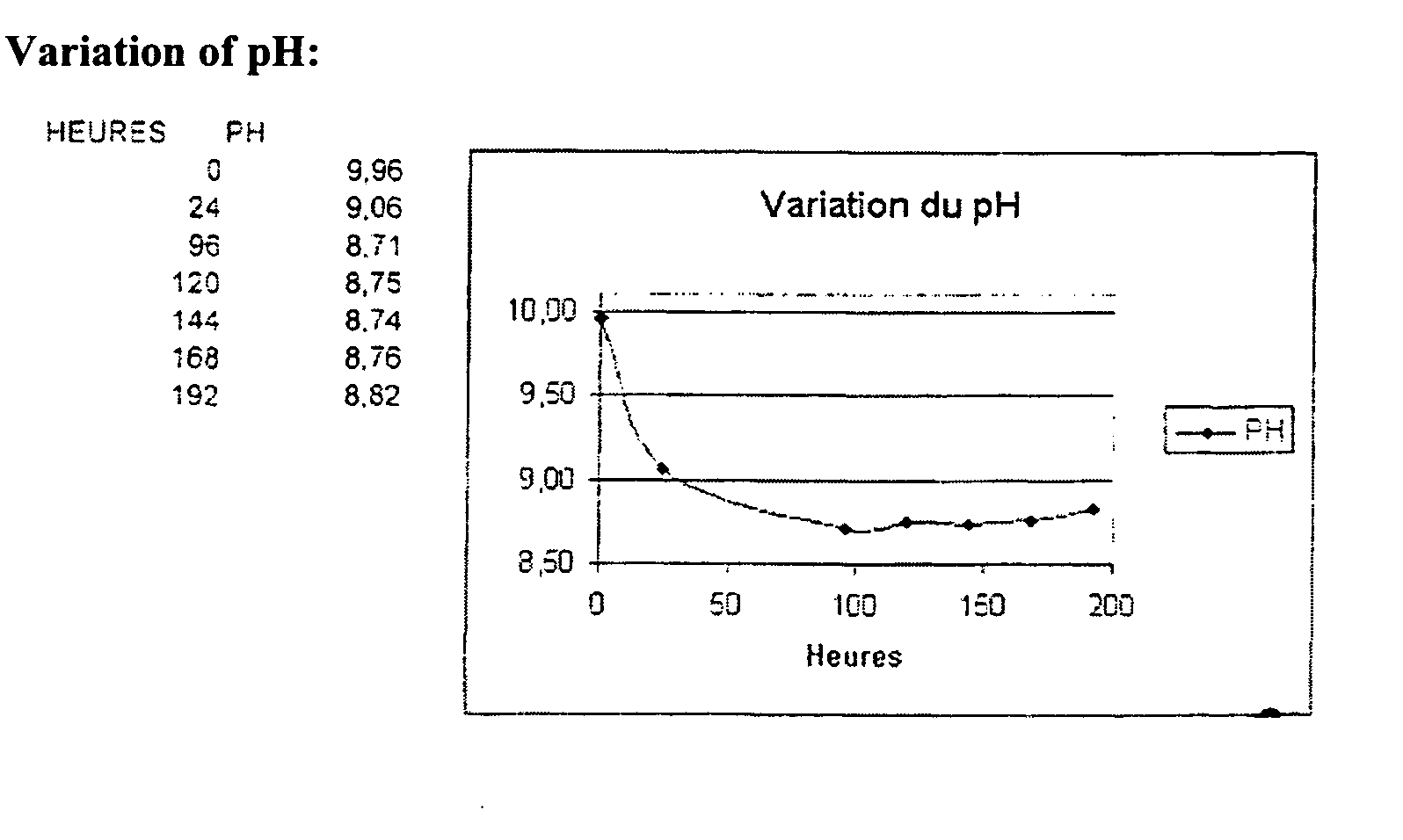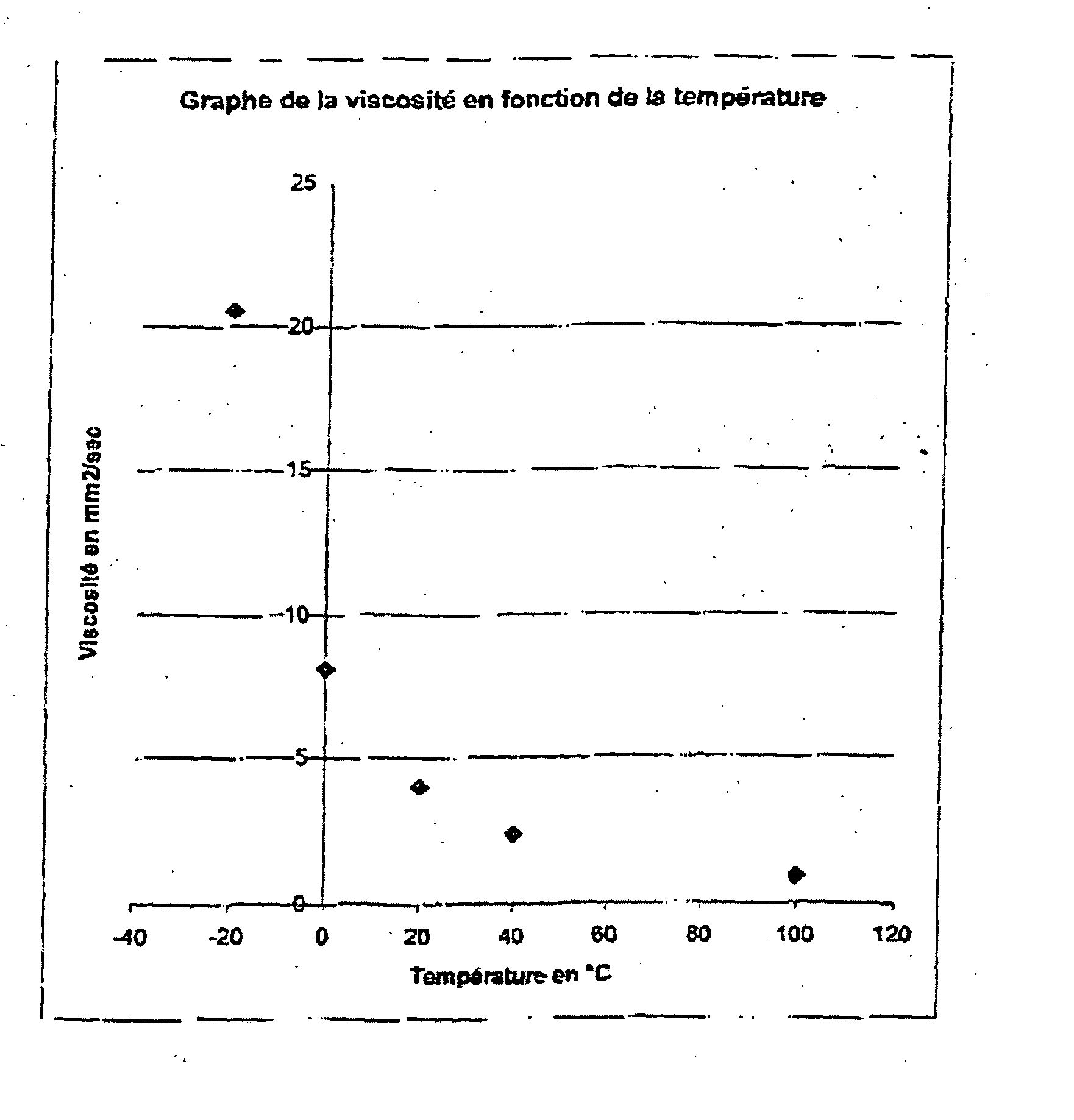Water-based coolant fluid for engine applications
a technology of engine cooling fluid and water-based coolant, which is applied in the direction of heat-exchange elements, chemical instruments and processes, etc., can solve the problems of reducing the heat-transfer efficiency of the coolant, corrosion products and deposits can interfere with heat transfer, and engine failure from thermal related stress, etc., to achieve the effect of improving cavitation corrosion prevention properties
- Summary
- Abstract
- Description
- Claims
- Application Information
AI Technical Summary
Benefits of technology
Problems solved by technology
Method used
Image
Examples
example 1
Lubrication Properties According to ISO 12156-1
[0046] Lubrication properties of aqueous solutions containing 40 wt-% and 50 wt-% of trimethyl glycine with commercial conventional inhibitor for engine coolants were compared with commercial engine coolant products containing propylene glycol and ethylene glycol using HFFR Lubrication test ISO 12156-1 at 25° C. The lower numerical value corresponds to better lubrication properties.
SampleLubrication / μmTrimethyl glycine 40 wt-%, additive 2-6 wt-%313-361Trimethyl glycine 50 wt-%, additive 2-6 wt-%285-305Propylene glycol 39.5 wt-%, containing additives346Propylene glycol 54.5 wt-%, containing additives348Ethylene glycol 37 wt-%, containing additives363Ethylene glycol 51.5 wt-%, containing additives326
example 2
Corrosion Test for Engine Coolants in Glassware According to ASTM D 1384
[0047] 40 wt-% trimethyl glycine+3 wt-% commercial inhibitor (Chevron Texaco)
Mass change (mg / test specimen)Test specimenBefore treatmentAfter treatmentCopper−0.2−0.9Solder−4.3−5.7Brass−1.2−2.0Steel0.8Cast iron1.4Cast aluminium13.010.1Coolant characteristicsBefore testAfter testpH10.868.11Alkalinity reserve, ml HCl 0.1 M / ASTM D 11211.811.14Water content (%) / ASTM D 17445556
example 3
Double Chamber Cavitation Corrosion Test According to CEC C-23-T-99
[0048] 40 wt-% trimethyl glycine+3 wt-% commercial inhibitor (Chevron Texaco)
WEIGHT per SPECIMEN, mgAfter the testand beforeBeforechemicalAfter chemicalWeightSPECIMENthe testtreatmenttreatmentchangeCast IronM1m2m2 − m1(FGL 200)137703.2137698.1−5.1AluminiumM1m2m3m3 − m1A-5S U3 Y30 50846.0 50854.250837.1−8.9DATA of theBeforeAfterENGINE COOLANTTESTTESTpH10.868.50Reserve Alkalinity1.82.19Water Content, %60.658.7
PUM
| Property | Measurement | Unit |
|---|---|---|
| operating temperatures | aaaaa | aaaaa |
| operating temperatures | aaaaa | aaaaa |
| temperature | aaaaa | aaaaa |
Abstract
Description
Claims
Application Information
 Login to View More
Login to View More - R&D
- Intellectual Property
- Life Sciences
- Materials
- Tech Scout
- Unparalleled Data Quality
- Higher Quality Content
- 60% Fewer Hallucinations
Browse by: Latest US Patents, China's latest patents, Technical Efficacy Thesaurus, Application Domain, Technology Topic, Popular Technical Reports.
© 2025 PatSnap. All rights reserved.Legal|Privacy policy|Modern Slavery Act Transparency Statement|Sitemap|About US| Contact US: help@patsnap.com


